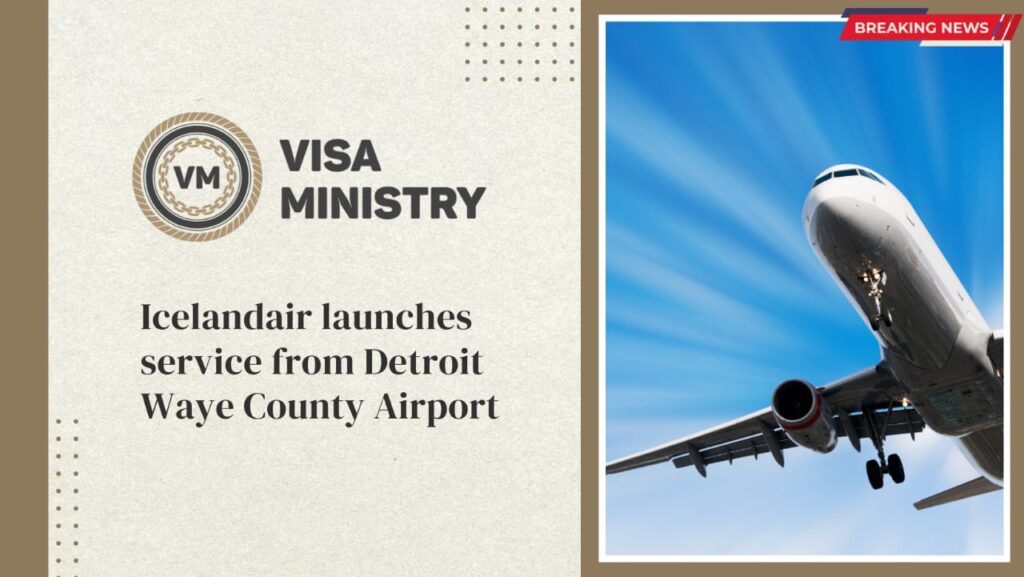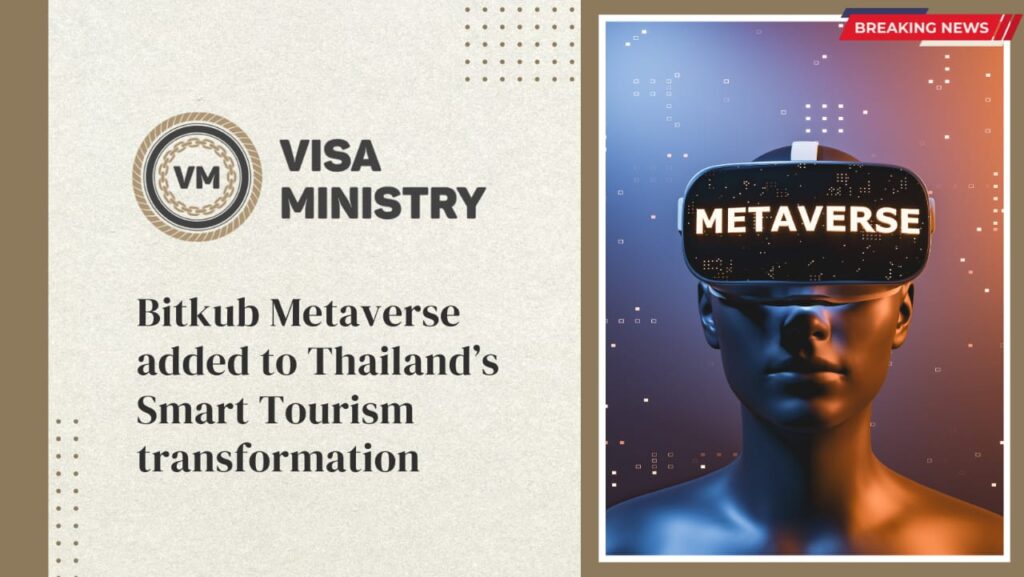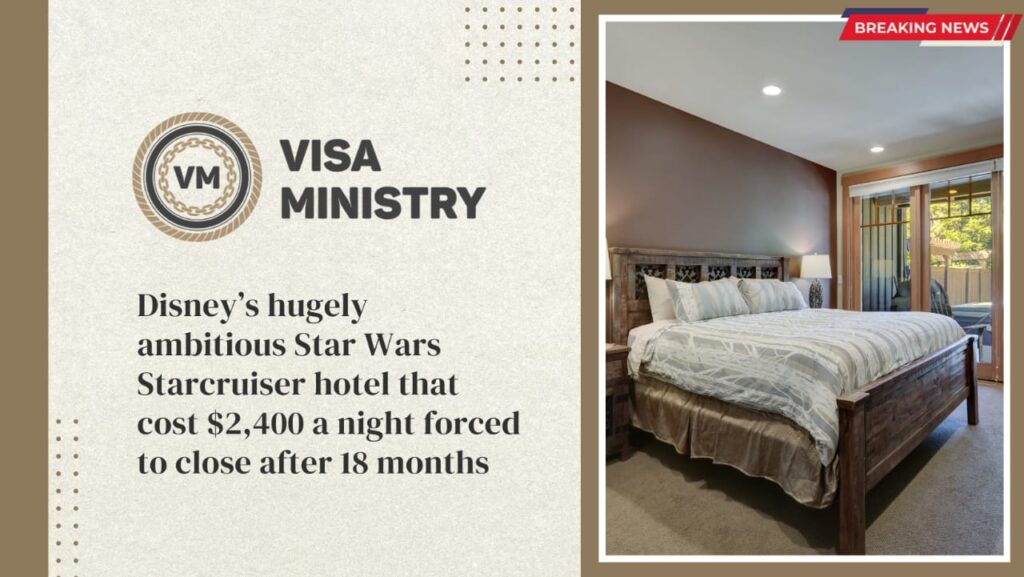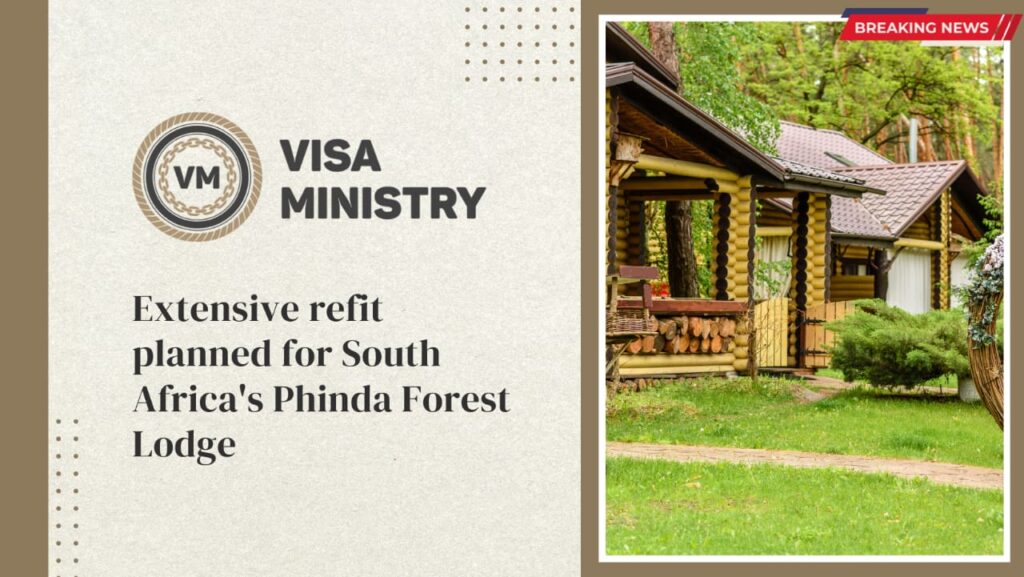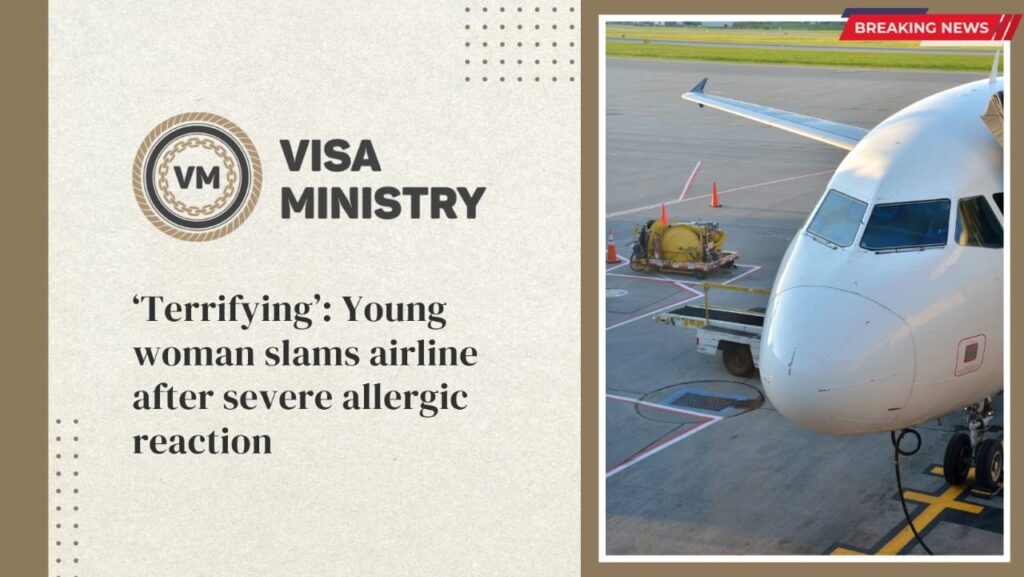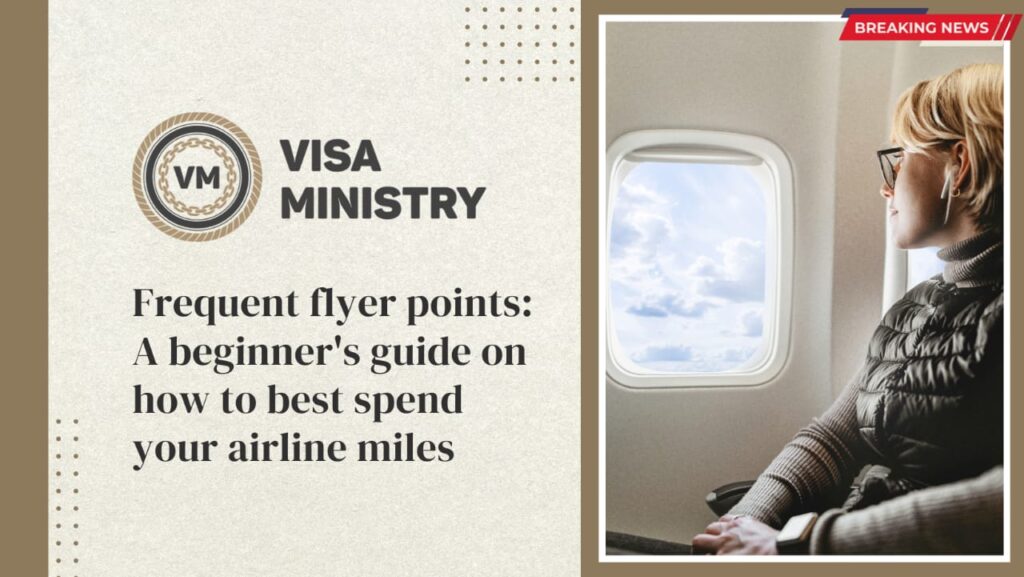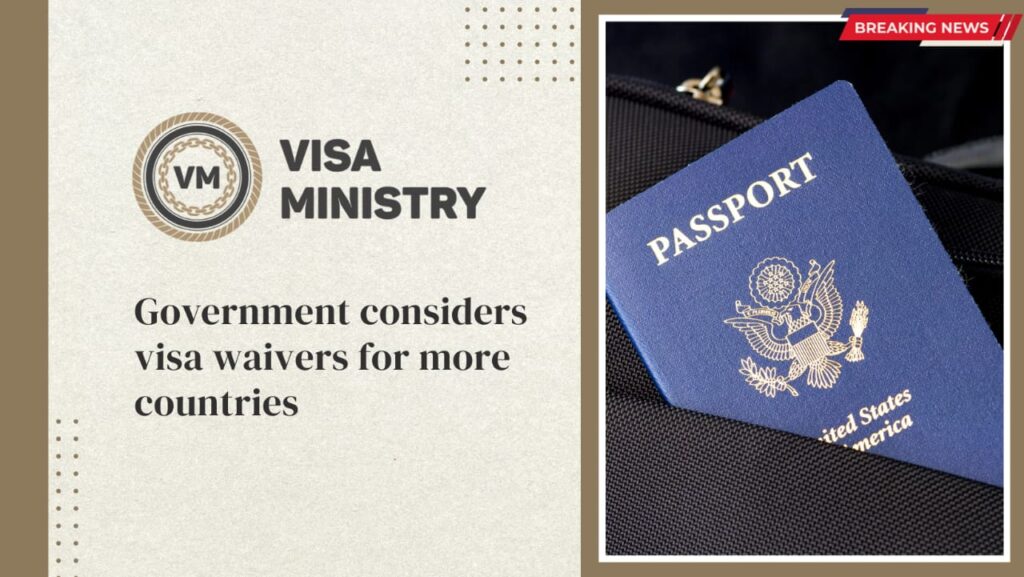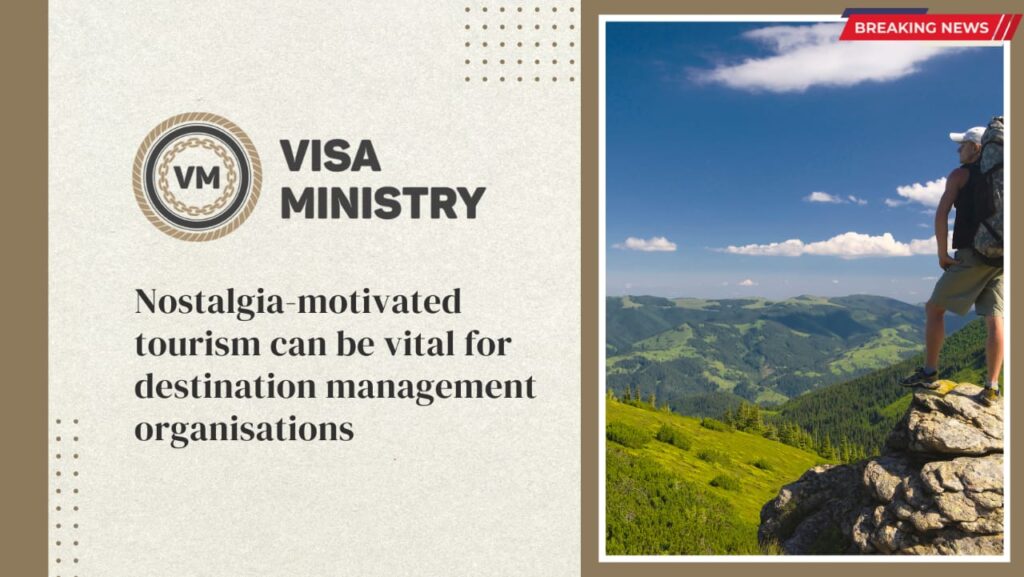Virtual “previews” of places are frequently utilised to introduce prospective travellers to previously unanticipated trip alternatives and unexpected locales while allaying their travel apprehensions. Virtual vacations are effective “teasers” for destinations and a great method to draw in new travellers. But what about visitors who are returning? A timely new study by Dr. Hyejo Hailey Shin of the School of Hotel and Tourism Management (SHTM) at The Hong Kong Polytechnic University and a co-author provides an in-depth look at the most important aspects of virtual trips and how these can be used to influence the behavioural intentions of returning visitors through immersion and nostalgia. It’s interesting to note that arousing the emotions and nostalgia of returning visitors might increase their desire to visit a location again, another location that is similar, and share great travel experiences with others. As the industry regains its footing in the aftermath of COVID-19, these insightful results can be crucial for destination management groups. Virtual reality is regarded by many as one of the most intriguing technical developments, with a wide range of predicted applications in several fields. The tourist industry has taken a particular interest in this immersive technology because it enables consumers to engage vividly with computer-generated aspects in a simulated virtual world. In order to market themselves as a holiday destination of choice in the post-pandemic age, the researchers note that “many tourism organisations have launched virtual trips, a combination of virtual reality and tourism contents.” Virtual “previews” of places are frequently utilised to introduce prospective travellers to previously unanticipated trip alternatives and unexpected locales while allaying their travel apprehensions. Nevertheless, despite these benefits for drawing first-time tourists, returning visitors who have already visited the location in question are frequently the main goals of many tourism destinations. In order to improve visitors’ intents to return, it would be ideal, as the researchers highlight, if tourist places could foster visitors’ pleasant recollections of their prior experiences there. This is an opportunity for virtual reality to shine. Returning travellers will be drawn to virtual travels if they bring back pleasant memories of previous travel experiences. Returning visitors must have total immersion and involvement for this to happen. Based on prior study, the researchers proposed that improved usability, interaction, and sensory appeal would boost immersion. Additionally, they projected that immersion would be increased by more accurate depictions of a location. Returning tourists, who are sure to notice if a virtual journey does not line up with their genuine experiences, will value this “authenticity” all the more. Most importantly, full immersion in a virtual experience causes an emotional reaction. The researchers state that “travellers’ emotional responses become stronger when they are deeply immersed.” A person who is nostalgic has strong, pleasant sentiments regarding their personal recollections. Nostalgia naturally has a distinct position in tourism study given that travel is all about offering concrete experiences through which new memories are created. In the literature, there are three different sorts of tourist nostalgia: nostalgia for the place; nostalgia for previous lives and the desire to recreate bygone eras; and nostalgia for social activities, or the feeling associated with trip memories of moments spent with people. The researchers hypothesised that travellers’ absorption in a virtual journey would have a good impact on all three forms of nostalgia. Furthermore, “even though these three types of nostalgia are focused on various objects, they may occur simultaneously,” they add. The well-known “stimulus-organism-response paradigm” is a crucial idea to understand when thinking about the possible impacts of nostalgia. According to this theory, powerful emotions push people to act in particular ways, which influences how they react to their surroundings. If true, a virtual journey ought to have an impact on tourists’ behaviours as well. According to the writers, nostalgia has been recognised as a significant antecedent of tourists’ behaviour goals. In order to determine if nostalgia enhanced tourists’ intentions to visit a certain location again, another location that is similar, and to tell others about the location where they formerly vacationed. These three factors are crucial indications of how positively tourists feel about a location. In order to answer a final question, the scientists investigated if tourist personalities affected the associations between nostalgia and behaviour goals. Despite a strong sense of nostalgia, more self-assured and adventurous “allocentric” travellers can choose to go to undiscovered locations than return to a prior one. Even if they don’t feel particularly sentimental looking back, less adventurous “psychocentric” visitors who choose comfort and ease could be more likely to return to a familiar location. In order to better understand the link between nostalgia and future behavioural intention, the researchers “investigated the moderating effect of travel personality.” Theme park capital in the globe is the ideal location for research. The researchers located and contacted 303 people who had visited Orlando, Florida, since 2015 by sifting through travel information made accessible by the Orlando Destination Management Organisation. These participants were requested to complete a thorough survey developed from prior publications after participating in a virtual journey over an Internet link. Participants were asked to rate the virtual trip’s interactivity, usability, sensory appeal, authenticity, level of immersion, feelings of nostalgia for the setting, previous lives, and social activities, as well as their behavioural intentions. Using a pre-existing scale, the authors also evaluated the participants’ travel “personality”. The necessity of incorporating high-quality, representational information in virtual excursions to increase engagement and involvement is shown by the discovery that immersion in the virtual trip depends on authenticity and sensory appeal. Tourism locations should thus focus their efforts on authentically conveying a destination’s environment and incorporating rich sensory appeals in order to maximise the amount of repeat visitors. According to the researchers, “[destination marketing organisations] will be able to arouse nostalgia for the destination, generating travellers’ intention to revisit the destination,” by improving travellers’ immersion in virtual excursions. Indeed, all three types of nostalgia were markedly heightened by immersion in the virtual experience. Destination nostalgia enhanced traveller intentions to return to the destination
